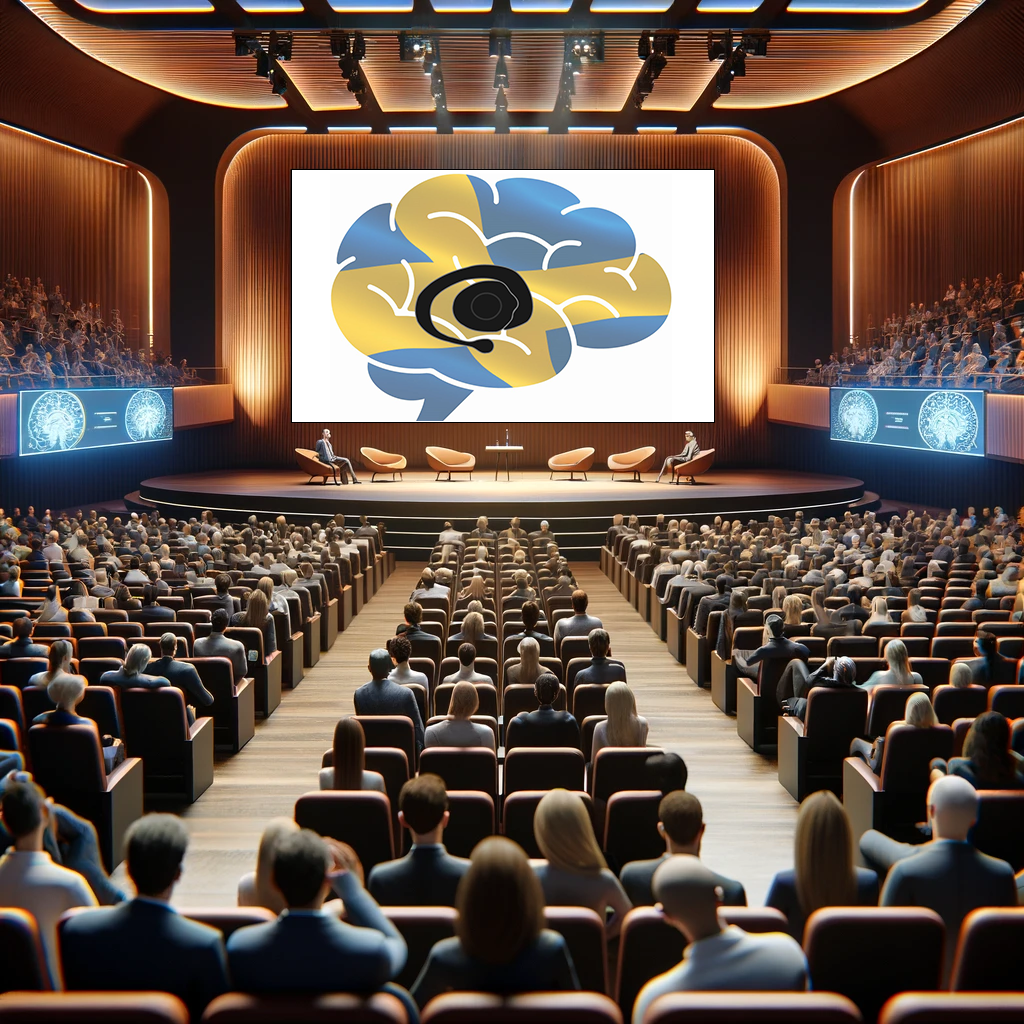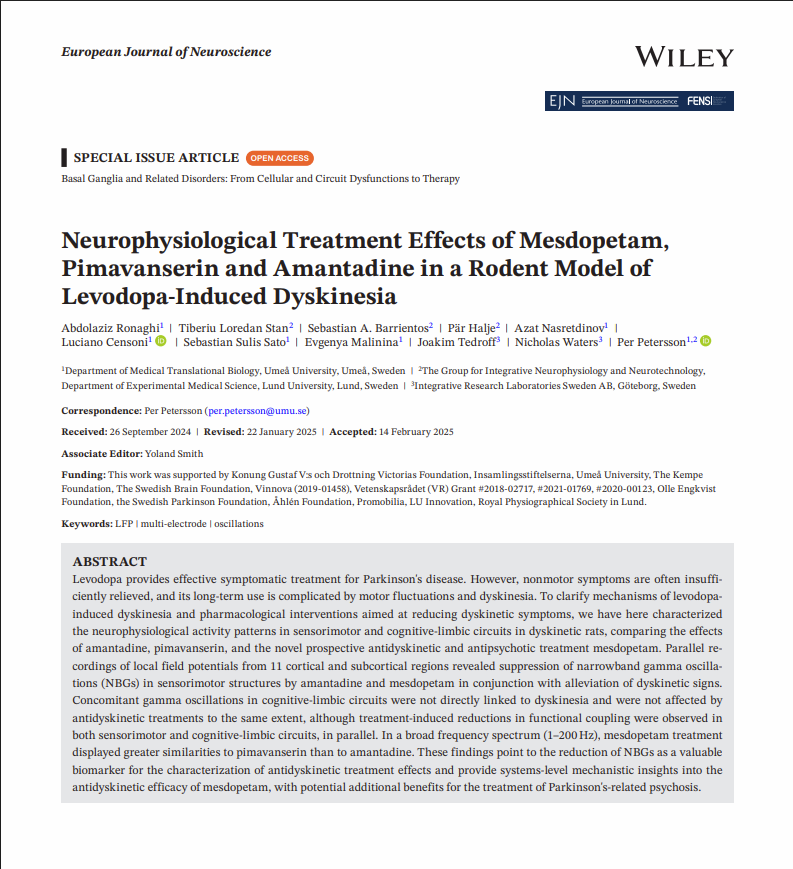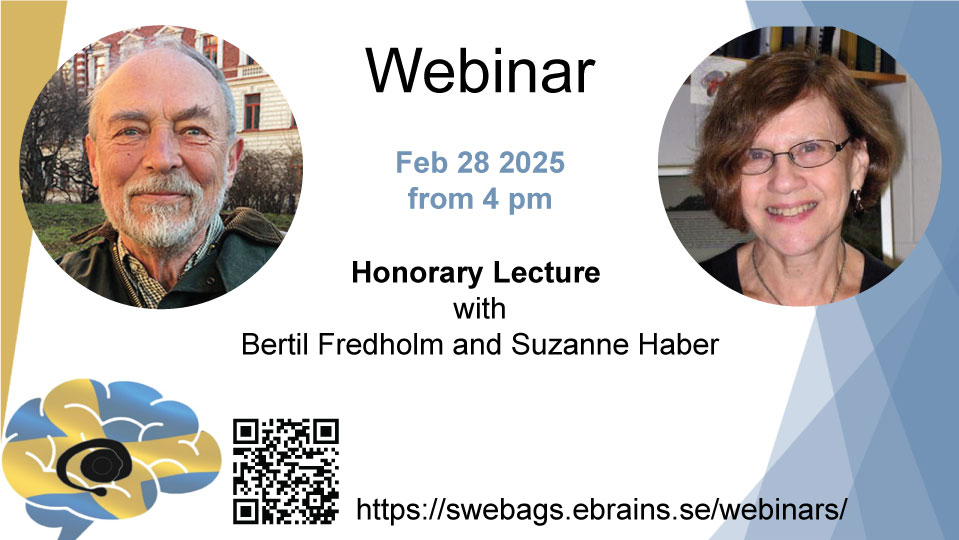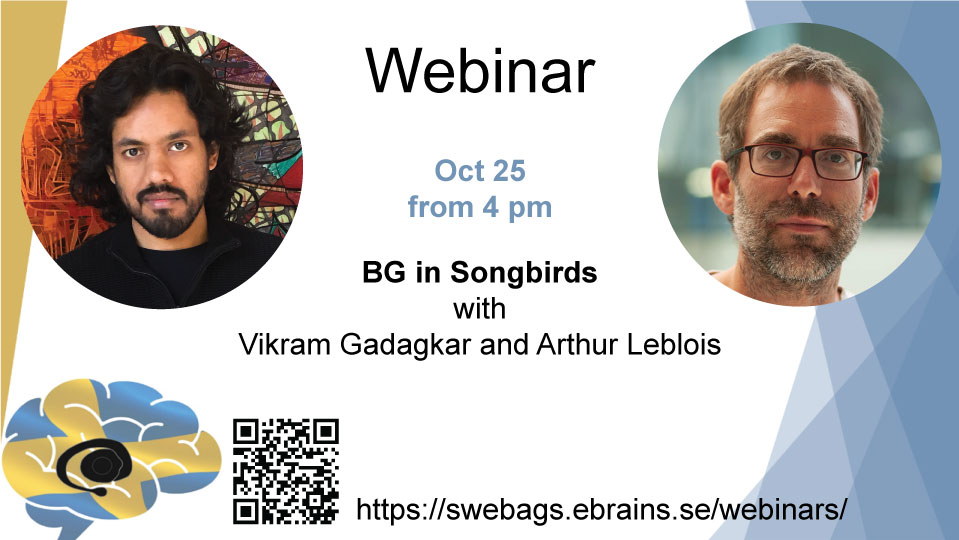Nominate an Honorary Member of SWEBAGS
The SWEBAGS Board invites nominations for honorary membership. Honorary membership recognizes individuals who have made exceptional contributions to the field of basal ganglia research or to the Society.
Nominations must be sent via email to the Board. Please include in your nomination:
- The nominee’s name and contact details
- A brief statement explaining why the individual should be considered for honorary membership
Nominations are reviewed by the Board. The Board selects candidates to be proposed for approval at the upcoming annual meeting. Please note that all nominations will be handled confidentially, and only elected honorary members will be announced on the website.
For questions, contact the SWEBAGS Board at [email protected]
We look forward to receiving your nominations!
Nominate an Honorary Member of SWEBAGS Read More »









